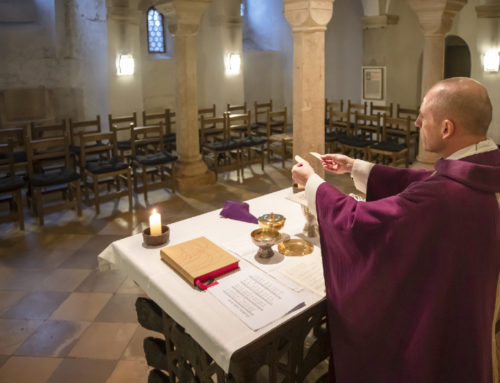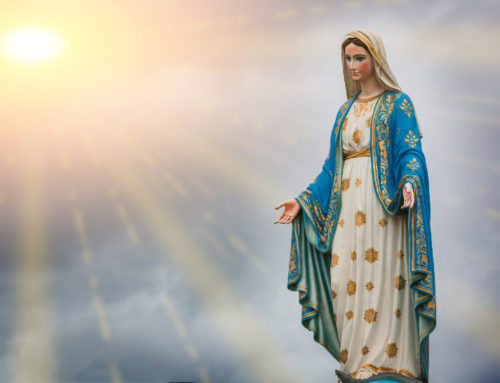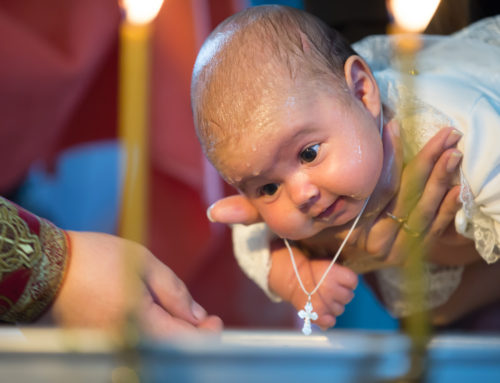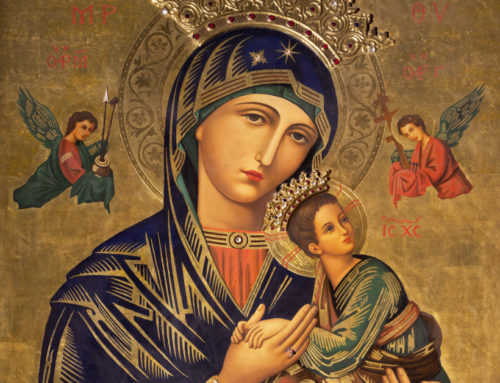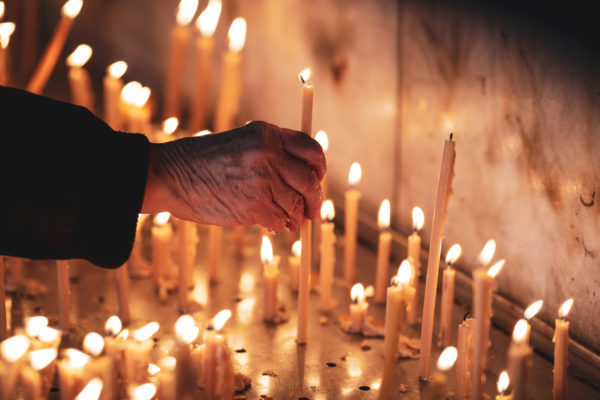
Details with the hands of an old woman lighting a candle inside a christian orthodox church in Romania.
Are the Eastern Churches “under” the Pope?
The easy answer is yes – sort of. According to canon law, the pope has jurisdiction over all the churches. How this jurisdiction is carried out depends on a number of factors. First, it depends on the structure of the church in question. Generally the pope works through his curia, and, for the Eastern Catholic Churches, this would be the Congregation for Oriental Churches. According to their profile, “This Dicastery received from the Supreme Pontiff the mandate to be in contact with the Oriental Catholic Churches for the sake of assisting their development, protecting their rights and also maintaining whole and entire in the one Catholic Church, alongside the liturgical, disciplinary and spiritual patrimony of the Latin Rite, the heritage of the various Oriental Christian traditions” (Vatican Web Site Dicastery Profile).
If the pope needs to work directly with a given church he will deal with the head of that church or, if there is no head, may act directly. The structure of the church determines if there is a head. Generally, patriarch and archepiscopal churches have a head, while other structures do not.
There is, however, a more appropriate understanding of this relationship. The Eastern Catholic Churches are “in communion” with the pope. This. means that the pope recognizes the various Eastern Catholic Churches as valid churches and has entered into an agreement by which the sacraments/mysteries are shared between members of the various churches. This description more fully recognizes the fact that some of these churches have their own heads.
What do you mean by “head of the church”? I thought the pope was the head of the church?
Once again we have to distinguish between the various roles that the pope has. The pope is, first and foremost, the Bishop of Rome. As such, he is the head of the church in Rome. He is also the Patriarch of the West and, therefore, the legal head of all Roman Catholic Churches (Latin Rite Churches). As the pope, he is responsible for maintaining unity in the church and, to that end, has legal jurisdiction over all the churches in communion with him.
However, in the theology of the church, each bishop, as a successor to the apostles, is the “head” of his own church or diocese (in the East these may be called “eparchies”). But different church structures exist that support a formal “head” of the church. For example, Patriarch Gregory III is the head of the Melkite Church; Patriarch Stephanos II is the head of the Catholic Coptic Church, and so on.
There are, however, some limitations on these patriarchs. For example, the Melkite patriarch has authority over the Liturgy that is served in any Melkite parish anywhere in the world. He has direct authority, however, only over the the clergy and laity in the territory that is traditionally his (basically, the Middle East). So, the Melkite bishop of the United States (as of 2006, Archbishop Cyril Salim Bustros) had his appointment confirmed by the pope – after his predecessor, Bishop John Elya, submitted his resignation to the pope. Note that I said that Archbishop Cyril had his appointment confirmed by the pope. He was actually elected by the Melkite synod of bishops, but because the United States is not part of the Melkite patriarch’s territory, the pope had to make the official appointment.
And, to be technically (and theologically) correct, Christ is the head of the church; the pope and the patriarchs are the visible heads of their respective churches.
Excerpt from Faulk, Edward. 101 Questions and Answers on Eastern Catholic Churches. (Paulist Press: Mahwah, NJ) 2007.

